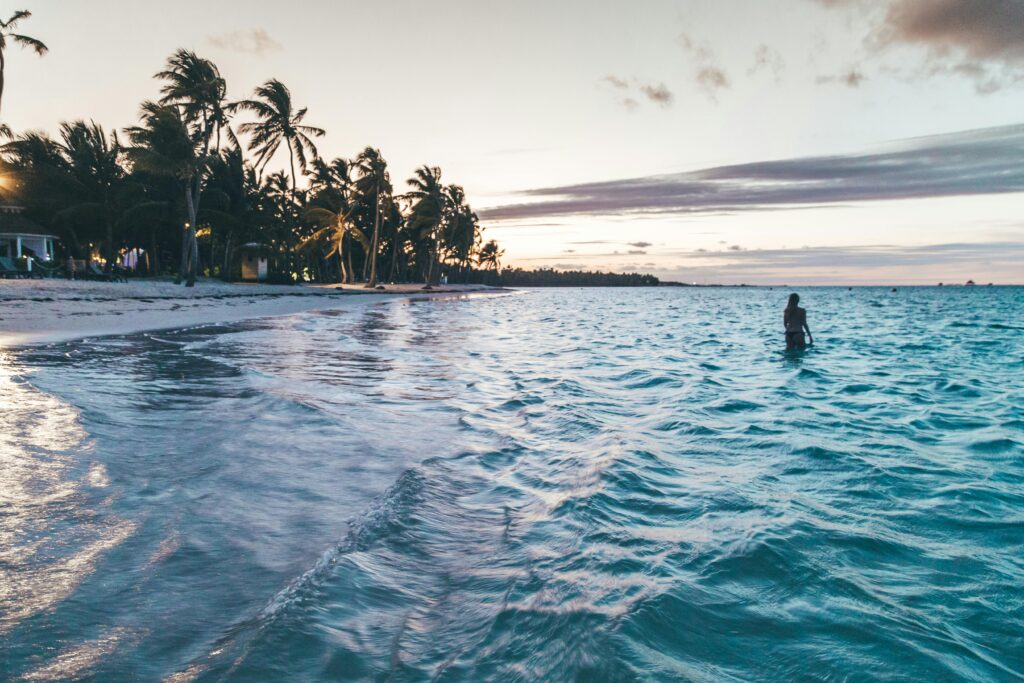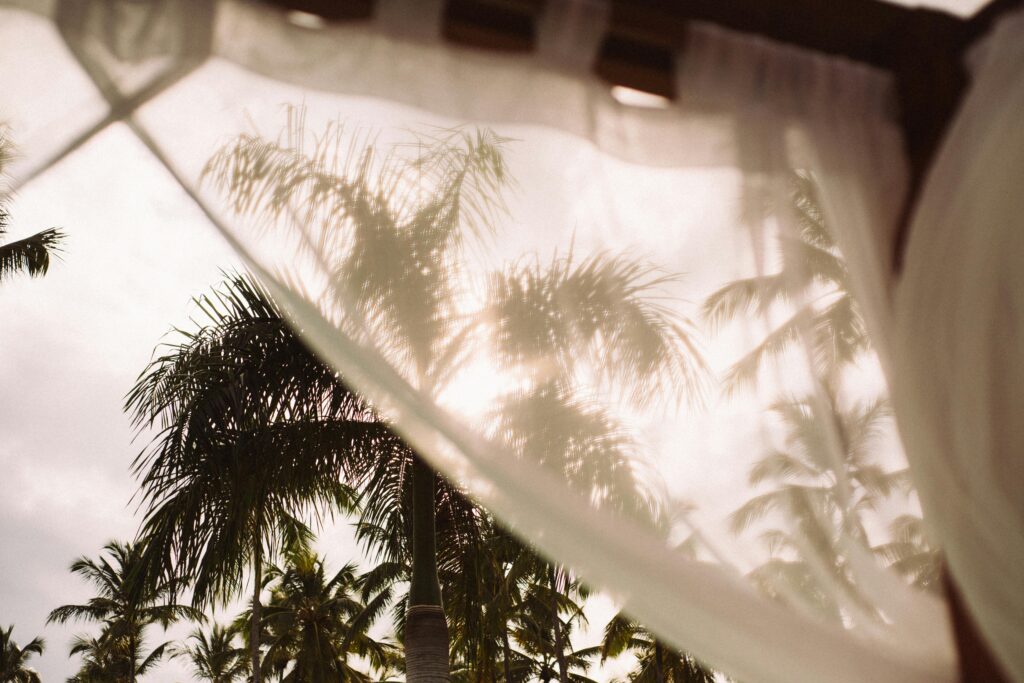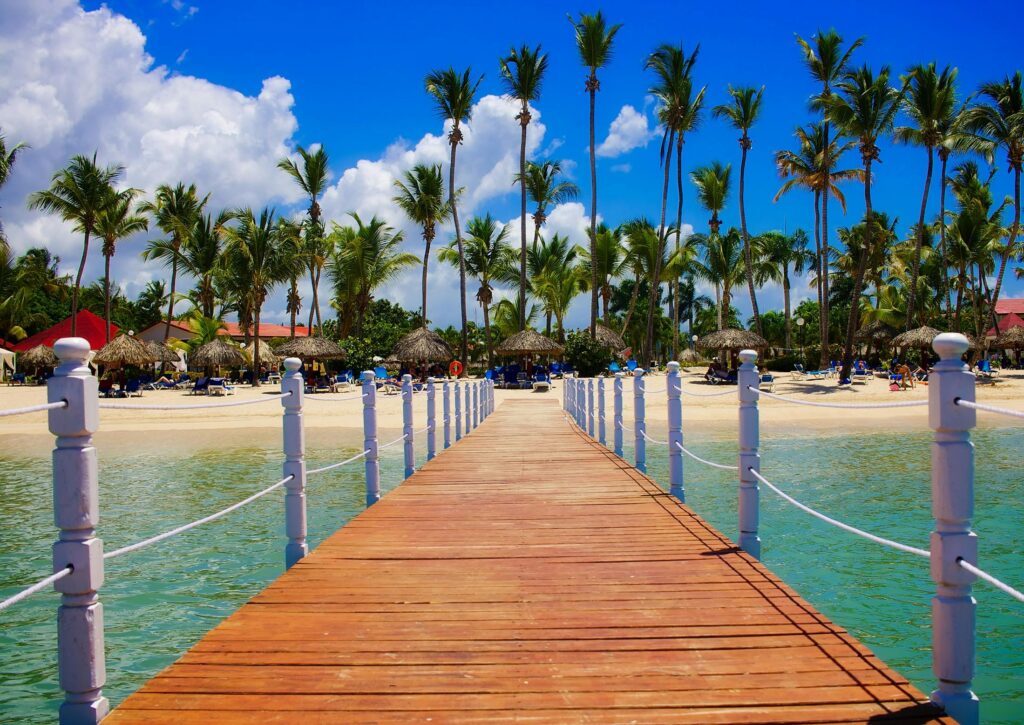What’s the Best Time to Visit the Dominican Republic?
What You Need to Know Before You Book

Sun-soaked beaches, lush mountains, and turquoise water—that’s what most travelers picture when dreaming about the Dominican Republic. But what many overlook is that when you visit matters just as much as where you go.
This guide breaks down the best time to visit the Dominican Republic based on your travel style, budget, and destination. We’ll look at weather patterns, hurricane season, tourist highs and lows, and the cheapest months to book a trip. So whether you’re planning a relaxed stay in Puerto Plata, a romantic escape to La Romana, or adventure in Samaná, we’ve got you covered.
| Goal | Best Time to Visit |
|---|---|
| Best Weather | December–April |
| Fewer Crowds | May–June or September–October |
| Cheapest Travel | September or early November |
| Avoid Hurricane Risk | January–April |
| Best for Beaches | March or early December |
High Season: December to April
The weather is near perfect—think low humidity, temperatures around 26–30°C (78–86°F), and little rainfall. These months are ideal for beach lounging, snorkeling, or wandering through colonial towns like Santo Domingo.
But with good weather comes crowds. Expect higher hotel prices and busy beaches, especially in resort-heavy areas like Punta Cana or Puerto Plata. Christmas and Easter weeks are particularly packed.
🔗 Planning to visit Puerto Plata? Read: When Is the Best Time to Visit Puerto Plata, Dominican Republic?
Shoulder Season: May–June & November
For a balance between decent weather and fewer tourists, the shoulder season is a sweet spot. Rain showers are short-lived, and prices for flights and hotels drop significantly—sometimes by 30–40% compared to peak season.
This is one of the best times to explore the quieter northern coast, including Sosúa, or to book boutique hotels inland for less.
💼 Tip: Travel insurance is especially smart during these months. Check rates on EKTA to make sure you’re covered, no matter the conditions.
Regional Differences: North vs. South
Not all parts of the Dominican Republic follow the same patterns. Here’s a quick regional guide:
- Puerto Plata & Sosúa (North Coast): More rain in winter, drier in summer.
- Punta Cana & La Romana (South/East): Opposite pattern—drier in winter, rainier mid-year.
- Samaná Peninsula: Very lush and tropical, with higher rainfall year-round but stunning scenery.
If you’re chasing waterfalls and eco-adventures, Samaná is worth a visit even during the wetter months.
🔗 Explore more: When to Visit Sosúa & Samaná: Hidden Gems of the Dominican Republic

Avoiding Hurricane Season
Hurricane season officially runs June 1 to November 30, but the peak risk is mid-August to mid-October.
While a direct hit is unlikely, storms can disrupt flights and bring heavy rain. If you’re booking during this time:
- Watch the forecast closely
- Choose accommodations with flexible cancellation policies
- Buy travel insurance that covers weather-related delays
Is the Dominican Republic Worth Visiting?
In short: yes, if you choose your season wisely.
From beach resorts to hiking trails, whale watching to kite surfing, the DR offers a ton of variety. The mix of affordability, rich culture, and natural beauty makes it one of the Caribbean’s most accessible destinations—especially outside the typical tourist season.
✈️ Use Kiwi.com to combine budget airlines for even cheaper multi-city trips within the DR or to nearby islands.

The best time to visit the Dominican Republic depends on what matters most to you: weather, budget, or fewer people. If you can handle a bit of unpredictability, the shoulder and low seasons reward you with cheaper prices and a slower pace.
But if you’re looking for postcard-perfect conditions, late winter into early spring is hard to beat.
Ready to book your flight? Check prices here:
